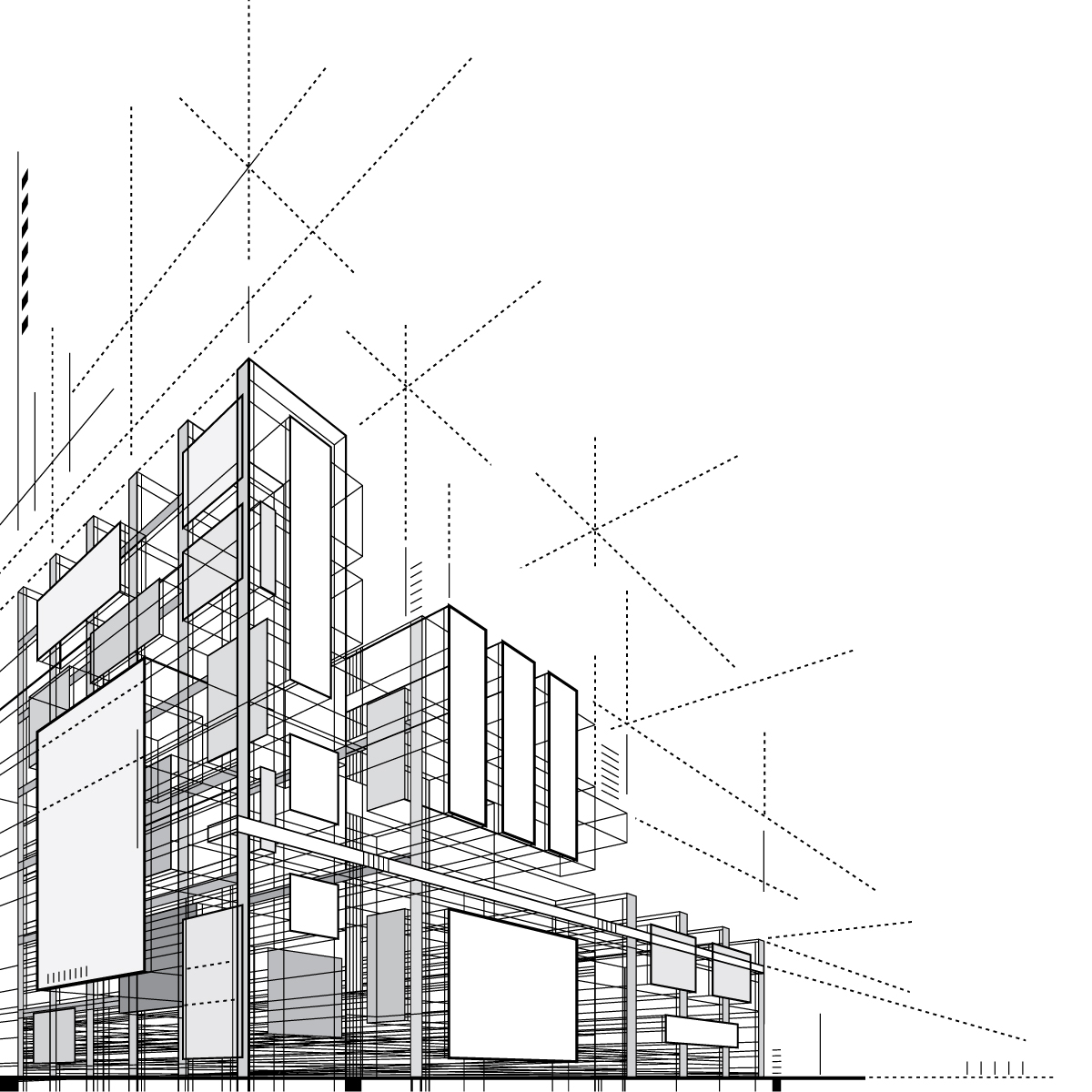

Digital twins facilitate data analysis and monitoring of systems, helping project managers to identify problems early. This early identification of issues leads to huge savings in terms of time and cost. By making the required changes in the digital model of the infrastructure, the stakeholders are able to achieve higher safety and efficiency in building and maintaining the assets.
By leveraging digital twins along with the application of analytics, artificial intelligence and machine learning throughout a project’s lifecycle, stakeholders can achieve par excellence outcomes in their infrastructure projects.

With the world diligently working towards developing smart cities, the digital twin technology becomes more relevant. Digital twins are capable of bringing high level of effectiveness in all aspects of city governance, right from urban planning to land-use optimization. Simulations offered by digital twins allow the problems to come to surface much before they become a reality.
As the leaders in the AEC sector believe, digital twin mapping is mandatory for any city looking at digital transformation. Digital twins lay the foundation for effective analysis of the data to discover what can be done to achieve improved living conditions for the citizens. The benefits in terms of energy consumption, waste management, security monitoring, mobility improvements and infrastructure management that these data-rich digital models of the city are capable of offering are unmatched. The cities that leverage the digital twin technology are inadvertently poised to become more environmentally, economically and socially sustainable.
Digital twin solutions can enable the infrastructure project stakeholders to visualize, process and analyze multiple, large and complex georeferenced data. Digital twins aggregate massive amounts of information for everything within a project’s lifecycle ecosystem. By becoming a massive master data library, they enable users to run analysis in an unprecedented manner. For instance, they allow planners to virtually test new systems, such as 5G deployment over a defined area and identify improvements much before the actual installation takes place.
Following the trend of adopting digital twins in AEC, Singapore became one of the first cities to build a 3D interactive model of the entire city. The model included detailed information, including texture, material representation of geometrical objects and terrain. It included static, dynamic, and real-time city data such as demographics, pedestrian and vehicular movement and climate. The 3D model enabled the city to achieve optimum outcomes in urban planning, city governance, citizen services and more.

The concept of digital twins is new for AEC, however, it likely to become widely popular within the next five to ten years. Research indicates that by 2025, around 500 cities globally will be using the digital twin technology for their infrastructure projects. Along with helping in making desired modifications in existing infrastructure, digital twins will be used for designing new cities. The concept of digital twin is being expanded to foresee the creation of digital national twins, which would connect a country’s urban twins into a national platform. That development will include development of standards, guidance, specifications and new products.
The UK government established a National Digital Twin Program in 2018. The aim was to enable the building of a National Digital Twin (NDT). To aid the development of the NDT, the Centre for Digital Built Britain has formulated The Gemini Principles, which are nine basic values that guide the development of the NDT.
Another body that is playing an important role in increasing the adoption of the digital twin technology worldwide by creating awareness about the benefits is the Digital Twin Consortium. It is a global ecosystem of users who are accelerating the digital twin market and demonstrating the value of digital twin technology.
These initiatives illustrate the pace of development of the digital twin technology for AEC. Magnasoft provides digital twin mapping services to create 3D digital replicas to plan, test and monitor their physical, economic and community structures. Over the years, it has emerged as a Digital Twin Platform enabler offering complete Data Services Program Management – collection, processing, governance, change management, updating and analysis at all phases of the project. Such a platform enables the stakeholders to have a single point ownership, eliminating the hassle and saving time in dealing with multiple parties and contracts.
Our digital twin mapping services is allowing more and more organizations, governments and industries to successfully manage their assets. With global success stories in our repertoire, we are confident of providing high-quality digital twin services, thereby playing an important role in making the technology more mainstream, especially in AEC.